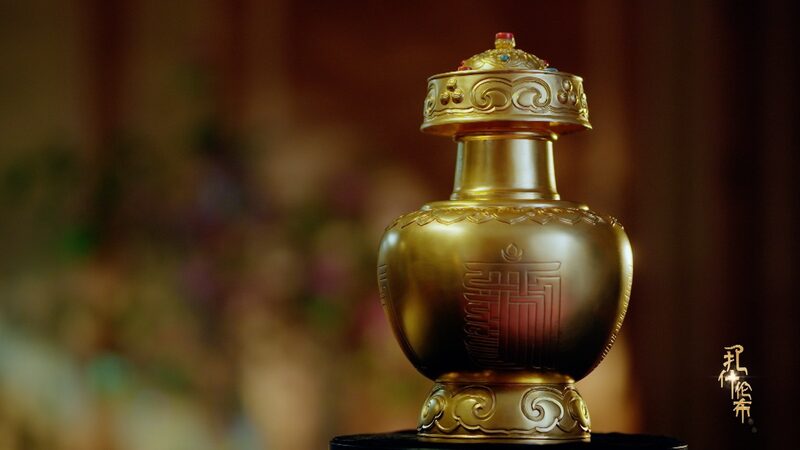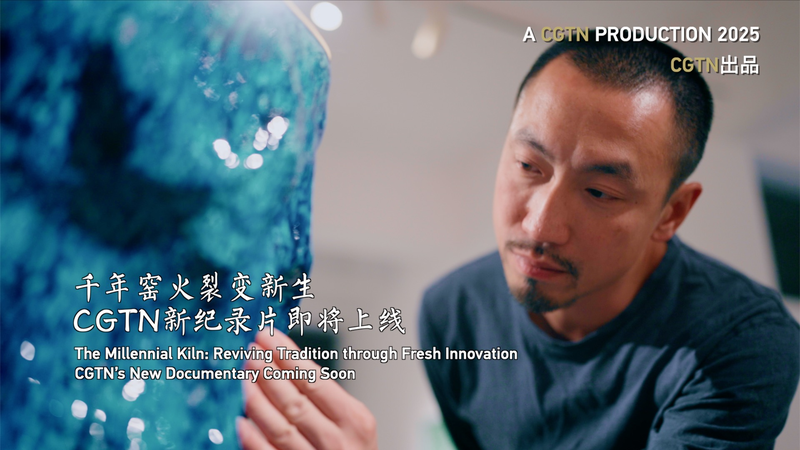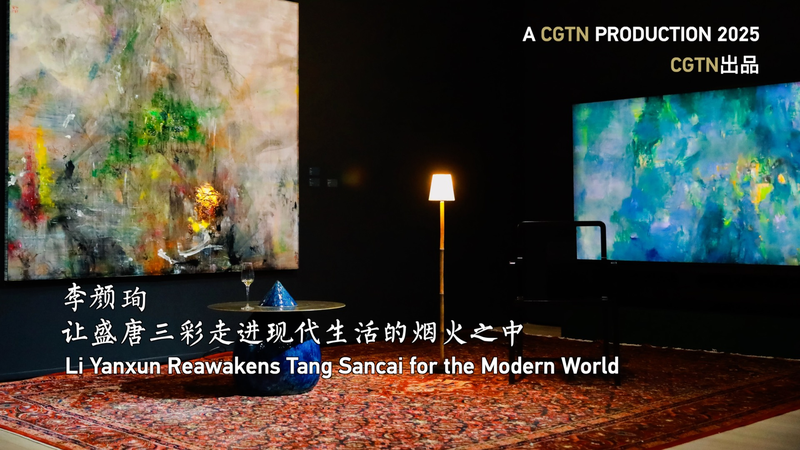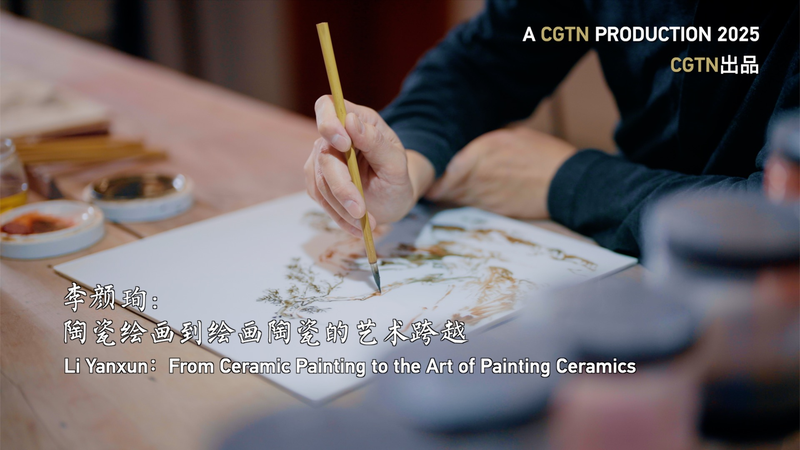Have you ever wondered how important decisions were made hundreds of years ago? 🤔
In 1792, Emperor Qianlong of China introduced something very special called the golden urn lot-drawing system. But what was it, and why was it important?
What’s the Golden Urn?
Imagine a shiny, beautiful golden pot 🏺 designed by the Emperor himself! This golden urn wasn’t just any pot—it was used to help decide who would become the next great leaders in Tibetan Buddhism, like the Dalai Lama.
Why Was It Needed?
Back then, when a high lama (like a spiritual teacher) passed away, people believed he would be reborn again. Finding this new child was a big deal! But sometimes, there were disagreements about who the real reincarnation was, which caused problems.
So, Emperor Qianlong wanted to make this process fair and clear for everyone. That’s why he created the golden urn system.
How Did It Work?
Here’s how it worked:
- Names of all the possible children who might be the reincarnation were written on slips of paper.
- These slips were placed inside the golden urn.
- In a special ceremony, a name was drawn from the urn. 🎟️
This way, everyone knew the choice was random and fair, like drawing lots in a game!
Bringing People Together
The golden urn was special because it blended different cultures. It showed designs and art from various ethnic groups, reflecting the diverse people in the Qing Dynasty.
Why It Mattered
By using the golden urn, Emperor Qianlong helped make sure that choosing new lamas was done in a fair way. It also helped the central government keep things organized, and it made the followers of Tibetan Buddhism feel better knowing the process was trustworthy.
Reference(s):
cgtn.com




